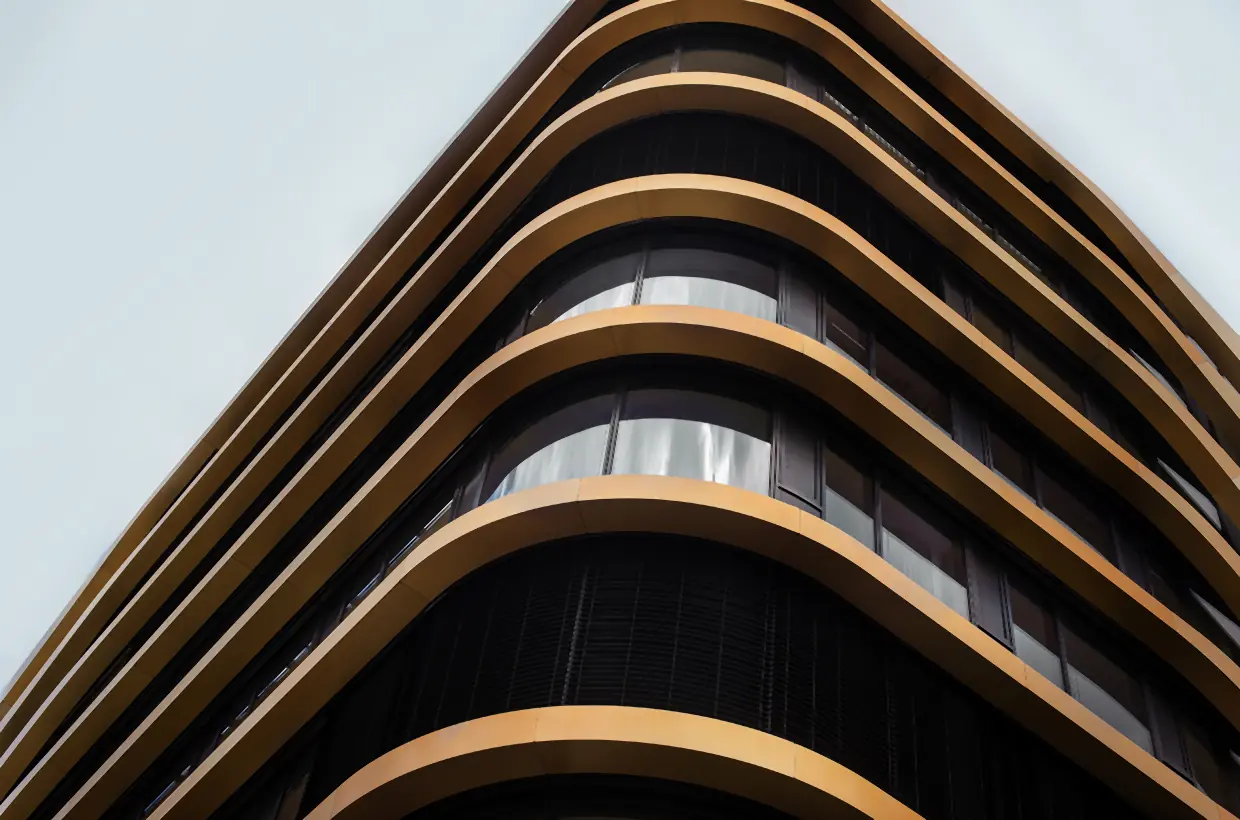Curves are everywhere in nature, from the shape of a flower to the contour of a mountain. They evoke a sense of beauty, harmony, and dynamism that humans instinctively appreciate and admire. In architecture and interior design, curves can also create stunning effects that enhance the spatial quality, functionality, and aesthetics of a project. In this blog post, we will explore some of the benefits and examples of dynamic curved design, a trend that has been gaining popularity in recent years.
One of the main advantages of dynamic curved design is that it can create a sense of movement and flow within a space. Curves can guide the eye and the body along a smooth and continuous path, creating a natural and organic transition between different zones or functions. Curves can also add interest and contrast to a space, breaking the monotony of straight lines and rectangular shapes. Curves can also create cozy and comfortable areas that invite users to relax and enjoy the surroundings.
Another benefit of curved design is that it can adapt to different materials and techniques, allowing for a variety of expressions and styles. Curves can be achieved with traditional materials such as wood, concrete, and glass, as well as with innovative materials such as superadobe, a technique that uses earth-filled bags to create load-bearing walls with curved shapes.
Some examples of curved design in architecture and interior design are:
- The Heydar Aliyev Centre in Baku, Azerbaijan, designed by Zaha Hadid, is a cultural complex that features a fluid and undulating form that blends with the landscape and creates a striking landmark.
- The Sage Gateshead in Newcastle upon Tyne, UK, designed by Norman Foster, is a music centre that consists of three curved volumes that resemble shells or waves, reflecting the acoustic of the building.
- The Myfresh Café in Beijing, China, designed by LOOP Design Studio, is a coffee shop that uses curved wooden panels to create a warm and inviting atmosphere, as well as to divide the space into different functional areas.
Dynamic curved design is a way of creating elegant and expressive spaces that respond to the human and environmental needs. By using curves, architects and designers can create spaces that are not only functional, but also beautiful, dynamic, and engaging.

Leave a Reply